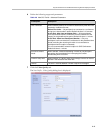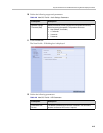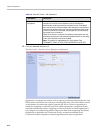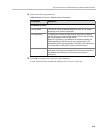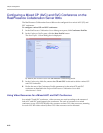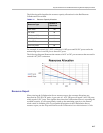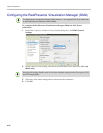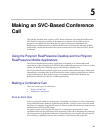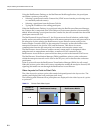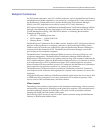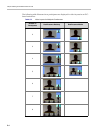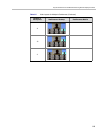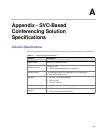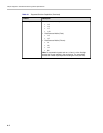
5-1
5
Making an SVC-Based Conference
Call
This chapter describes how to place an SVC-based conference call using the RealPresence
SVC-Based Conferencing solution. It describes the conference call from the end-user
perspective in addition to describing the SVC-based conference established in the
RealPresence Collaboration Server and the RealPresence Virtualization Manager (DMA).
Additionally, the chapter describes the various features that can be used in an SVC-based
conference.
Using the Polycom RealPresence Desktop and the Polycom
RealPresence Mobile Applications
The Polycom RealPresence Desktop application is designed as an enhancement and
replacement of the existing Polycom CMA Desktop and m100 applications. However, in this
release, the RealPresence Desktop supports the Windows platform only.
The Polycom RealPresence Mobile application provides video conferencing for tablets and
smartphones, extending video beyond conference rooms, enabling organizations to deliver
video collaboration to more users in more environments. RealPresence Desktop and
RealPresence Mobile are fully SVC-enabled applications.
Making a Conference Call
There are several types of conferences:
•"Point-to-Point Calls”
•"Multipoint Conferences”
Point-to-Point Calls
Point-to-point calls enable one participant to call another participant for video conferencing.
Using the RealPresence Desktop or RealPresence Mobile, a point-to-point call can be made
between two endpoints using the SIP protocol. Point-to-point calls can also be done between
standard-based H.323 and SIP clients.
For point-to-point calls using the SIP protocol, an exchange is performed for video
capabilities between the participants at the beginning of the call to determine the preferred
call characteristics by both sides. When that is determined, point-to-point calls uses the SVC
error resiliency capabilities but only one resolution is sent between the endpoints.



